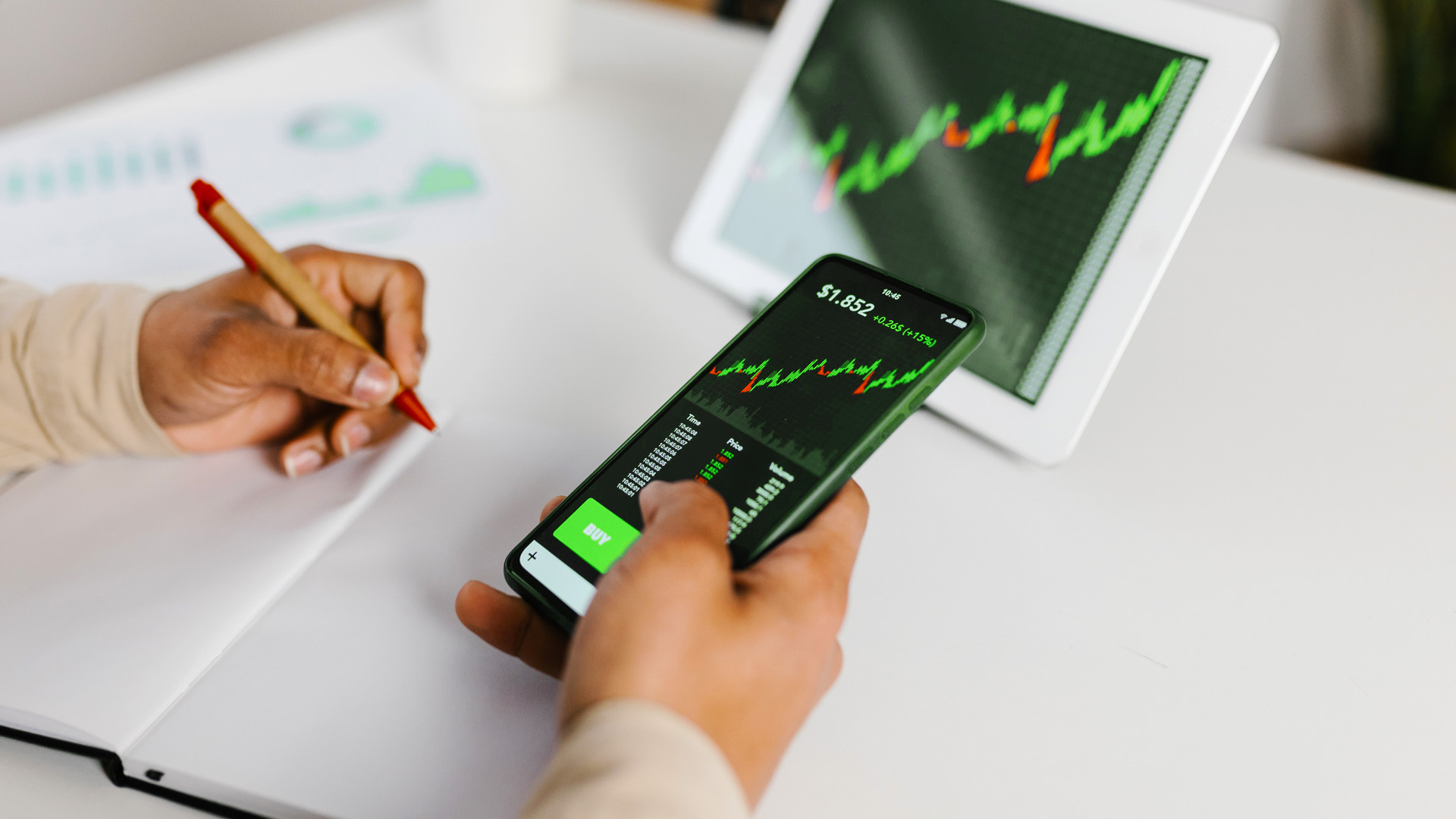Savings accounts are risk-free, but that is why they offer low interest rates – often too low to keep up with inflation. So, while your money is growing, it’s losing value. If you want to invest your money so that it grows faster than inflation, you need to have a perspective on risk, weighed against the sort of returns your investment will earn over the long term.
It’s not too difficult to protect your investments if you take some safety precautions. First of all, you must be in it for the long haul: don’t sell your investments when markets suddenly dip. Investors often panic and sell their shares when markets crash, which only locks in their losses. If you’re patient, prices will recover, and your investment won’t lose value.
If you’re a nervous investor and don’t trust yourself to stand firm if the market drops, you might want to consider a fixed-deposit account. This investment offers a reasonable interest rate, and your capital is guaranteed, but you will not have access to your money for the duration of the term.
Let’s learn more about risk and how you can make it work to your advantage.
What is risk?
Investment risk is anything that threatens the current or future value of your investment. The list of threats is long and they change all the time. A pandemic, for instance, was hardly seen as a threat in 2019, before Covid brought the world economy to a halt. Stock markets crashed because of the uncertainty around what was to come, and the oil price plunged as demand suddenly dried up.
These are extreme examples of what can happen, although they are more likely to affect higher-risk investment types. On the other hand, higher-risk investments with longer terms tend to deliver higher returns. Low-risk investments that are easily accessible, in contrast, deliver more modest but stable returns.
Why risk matters
Lower returns mean you may not want to invest all your money in low-risk investments simply because they’re ‘safer’. Your investments need to grow at the same rate as inflation to have the same value in the future. For your investment value to increase over time, you want to secure an interest rate above the inflation rate, and low-risk investments don’t always grow fast enough.
As a rule, investments with prices that rise and fall quickly are considered riskier than those that are more stable
Inflation is the most important benchmark for your investments because you want the R100 that you save today to be worth at least R100 in the future, but preferably more. It becomes clear if you look at the numbers. For your R100 to have the same value in 10 years from now, if inflation averaged 4% a year, it would need to have grown to R150. In 20 years, you would need R220, and in 30 years that climbs to R325.
What’s clear from these figures is that even a low-risk long-term investment needs to deliver interest at the same rate as inflation for your money to grow enough to hold its value. And the inflation rate fluctuates: our nominal 4% could rise in the future. If it rises higher than the rate on your low-risk investment, your money will be losing its value.
It makes more sense to consider a more balanced investment portfolio, with a combination of low-, moderate- and higher-risk investments. That’s what investment managers do to protect their clients’ money: they spread their risk across different investments and investment types, so that they don’t have all their eggs in 1 basket. The stability and security of your low-risk investments is combined with the potential for higher returns on the moderate- and higher-risk investments.
Managing your investment risk is a life-long journey, and you might decide it’s sensible to take on more risk when you’re a young investor, because you have longer to recover if markets dip. As you get closer to retirement age, you might shift your portfolio towards more low-risk investments to safeguard what you have grown.
Investment risk ratings
As a rule, investments with prices that rise and fall quickly are considered riskier than those that are more stable. Here’s how to identify investments according to their risk level.
High risk Listed shares or funds with a strong bias toward listed shares.
Specialist and alternative investments types like hedge funds, unlisted shares, cryptocurrencies and venture capital all fall within this category.
Moderate risk Corporate bonds, listed property, unit trust investments and balanced funds. The prices of these investment types are more predictable, and therefore carry less risk.
Low risk Government bonds and cash are the main types of investments that are dependable, but they don’t always deliver great returns.
How risk affects the future value of R100
The table below shows the impact that different risk profiles and returns have on an investment of R100. This is a generalised illustration using average returns you could expect from high-, moderate- and low-risk investments. Our example assumes that you reinvest dividends (payments), and that the returns are not impacted by inflation. Hopefully this will help you understand risk better, especially its relationship with investment returns and your life stage and goals.
Risk and return
|
|
After 10 years |
After 20 years |
After 30 years |
|---|---|---|---|
R450 |
R2,000 |
R9,000 |
|
R245 |
R600 |
R1,500 |
|
R165 |
R270 |
R450 |








